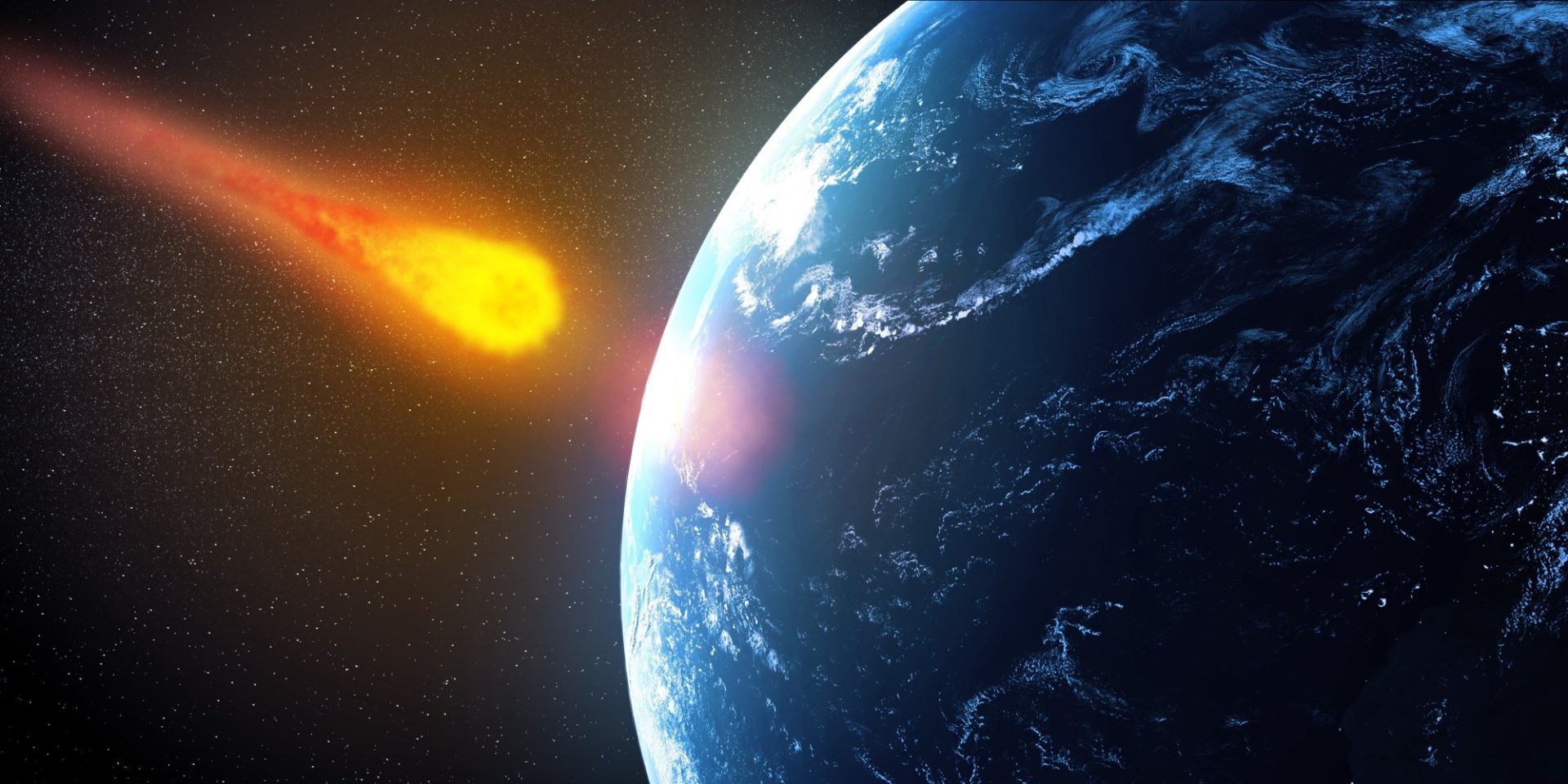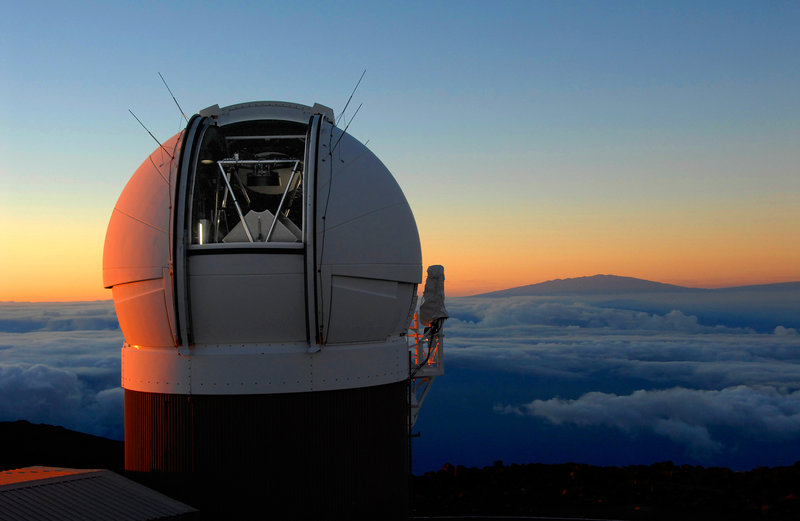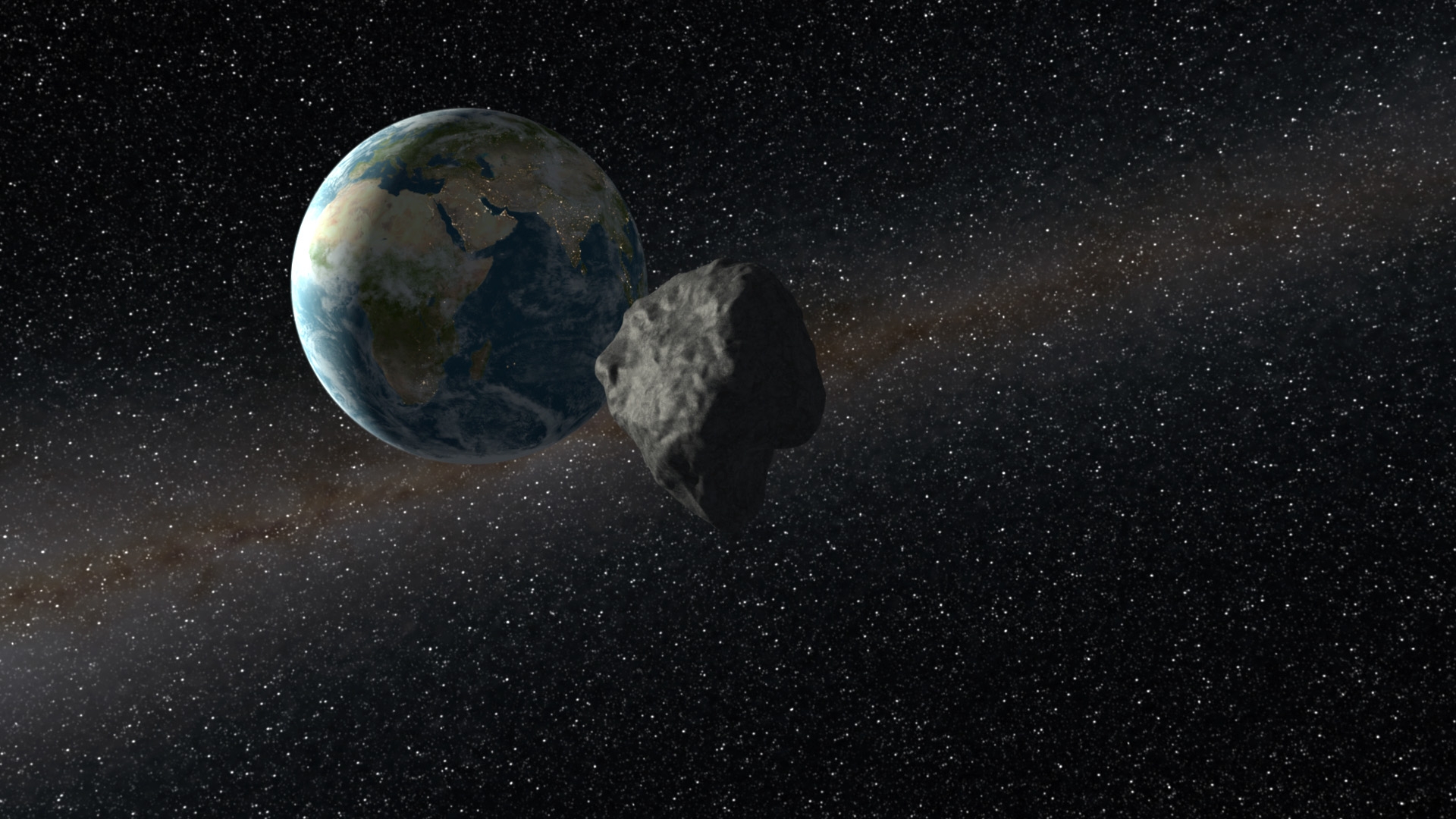NASA's asteroid early warning system has been launched.

On Sunday, a fairly large asteroid passed near our planet. Scientists were able to detect it in advance and determine that it does not pose a danger to the Earth thanks to a new system for detecting potentially dangerous celestial bodies. The system, called Scout, is an analytical computer program. She has already been tested at the NASA Jet Propulsion Laboratory (JPL) in Pasadena, California.
Scout constantly analyzes data from telescopes for the detection of objects in near-Earth space (Near-Earth Objects). When such an object is detected, the system performs calculations, trying to assess the degree of threat to the Earth. In order to provide its system with the necessary information, NASA rents a network of telescopes around the world that monitor the night sky on a regular basis.
“NASA finds at least five new asteroids every night,” one program representative said. In fact, there are quite a lot of asteroids, and an important task is to calculate the degree of threat for each such object.
')
“When a telescope finds a moving object, it almost always looks like a point moving across the sky. You have no information on how far such a celestial body is. And the more telescopes are aimed at it, the more data you get about the size of the celestial body and where it flies. Sometimes finding out all this information takes a lot of time, ”says astronomer Paul Chodas from JPL.
The problem, according to the scientist, is in time to detect asteroids approaching the Earth. “Objects can get close to the Earth almost immediately after their discovery, within one or two days, in some cases we are talking about a few hours,” said another representative of the project, Davide Farnocchia. "The main goal of Scout is to speed up the process of confirming a detected object."
With regard to the recently approached object, it was discovered on the night of October 25-26 through the Panoramic Survey Telescope & Rapid Response System (Pan-STARRS) located on the island of Maui, Hawaii, and Scout. After the discovery, scientists rather quickly obtained preliminary data on the asteroid using a special site maintained by the Minor Planet Center organization at the Smithsonian Astrophysical Observatory. Scout system conducted a quick analysis of preliminary data, having received information that the asteroid will fly just 500 thousand kilometers from Earth.

Telescope on Maui first discovered the asteroid (source: Rob Ratkowski / Courtesy of Pan-STARRS)
Three more telescopes watched the approaching asteroid, one of which belongs to the Steward Observatory, the second - to the Tenarar Observatory . The third telescope is called Spacewatch , it belongs to the University of Arizona. Employees of the observatories confirmed that the asteroid does not threaten the Earth, although it will pass close enough to our planet. Scientists were able to estimate the size of the object - from 5 to 25 meters. More information about the asteroid and its trajectory is available here .
Scout is a system that is still being tested. The system will be used at 100% of its capacity towards the end of this year. Now Scout works mainly with small objects that are close to the Earth. Soon, scientists will put into operation another system, which will be called Sentry .
Its main task is to detect large objects that may threaten the Earth in the next hundred years. "Now our task is to detect 90% of asteroids with a size of 140 meters and more," says the program participant. Experts at the moment were able to find only 25-30% of the objects of the total number of asteroids of this size.

Soon another telescope, which is currently being built in Chile, will join the program of detecting celestial bodies dangerous for the Earth. It is called the Large Synoptic Survey Telescope . NASA is considering the creation of another orbital telescope, whose main task will be the search and identification of asteroids dangerous for the earth.
Interestingly, the detection program for dangerous asteroids began to be implemented only about 10 years ago. Only then did the scientists' fears that an asteroid could fall to Earth reached officials and the public, and various organizations received funds to implement near-Earth space monitoring programs.
“I hope that in the next 10-15 years we will be able to eliminate the asteroid threat to humanity,” said Ed Lou, the head of the B612 organization, which deals with the threat of earth from space by various celestial bodies.
Source: https://habr.com/ru/post/398727/
All Articles